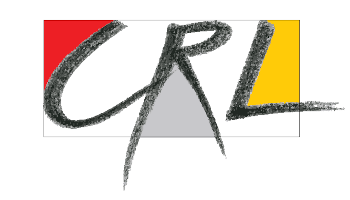
Principle of 14C dating
Radiocarbon dating can be applied to organic materials, most commonly wood, charred wood, or other organic substances, plant macro-remains, bones, textiles of animal and plant origin, paper, leather, hair, humic acids, lipids from archaeological ceramics, as well as carbonates from cave formations, groundwater, or shells. The method is destructive, as it requires chemically isolating the carbon in a sample to its datable chemical form, resulting in the destruction of the sample.
You can watch a short video about our laboratory here (in Czech).
The half-life of radiocarbon (5,730 years) is very short compared to the age of the Earth. There is an equilibrium between the production and decay of 14C on Earth, meaning approximately the same amount of 14C is generated by cosmic radiation as it decays due to radioactive decay. Carbon 14 is naturally produced at a stable rate and is evenly distributed within the carbon cycle. It is primarily produced in the upper atmosphere and quickly oxidized into the chemical form of 14CO2. It then enters the troposphere, where it becomes part of the natural carbon cycle. Some 14CO2, along with other CO2, is assimilated by green plants through photosynthesis and incorporated into plant tissues. The 14C contained in plants further enters the food chain.
Radiocarbon dating is based on the assumption of a known initial activity (concentration) of 14C in environmental components. During the formation of a sample (growth of organisms, sediment deposition, carbonate precipitation, dissolution of CO2 in water), carbon is absorbed from the surrounding environment. The activity of 14C in the atmosphere and in the tissues of living plants and animals is approximately the same, maintained at a stable level by natural metabolic exchange until their death. Upon cessation of intake from the environment (e.g., organism death, organic matter deposition in sediment), the activity of 14C in the sample decreases solely due to radioactive decay. From the known initial activity of 14C and the residual activity in the sample, the time elapsed since the interruption of carbon exchange with the environment can be determined.
The result of radiocarbon analysis is the Conventional Radiocarbon Age and its uncertainty, which is a special way of expressing the 14C activity in the sample given in years BP (Before Present). The Conventional Radiocarbon Age is referenced to the 1950 standard and is corrected for isotopic fractionation.


